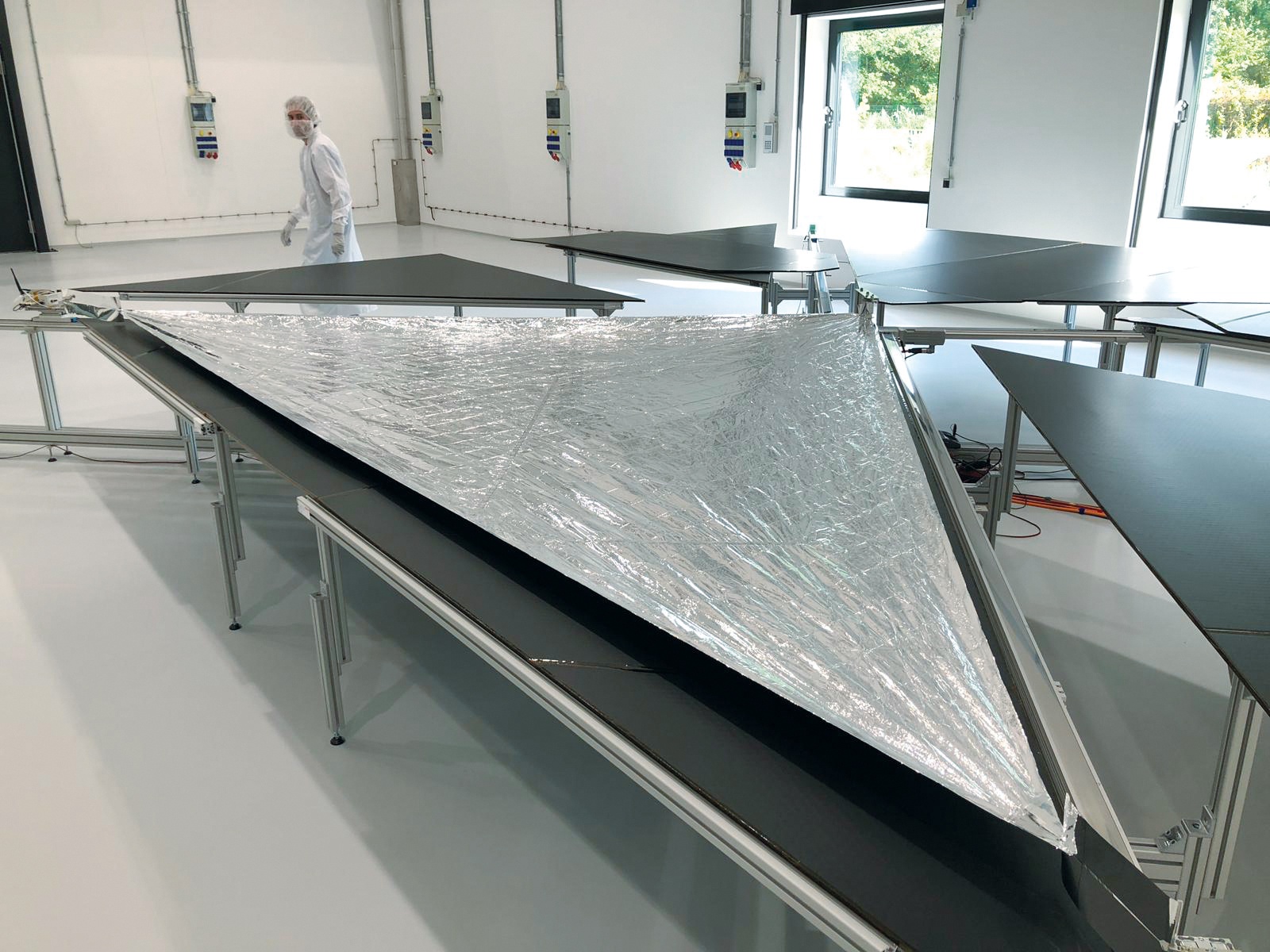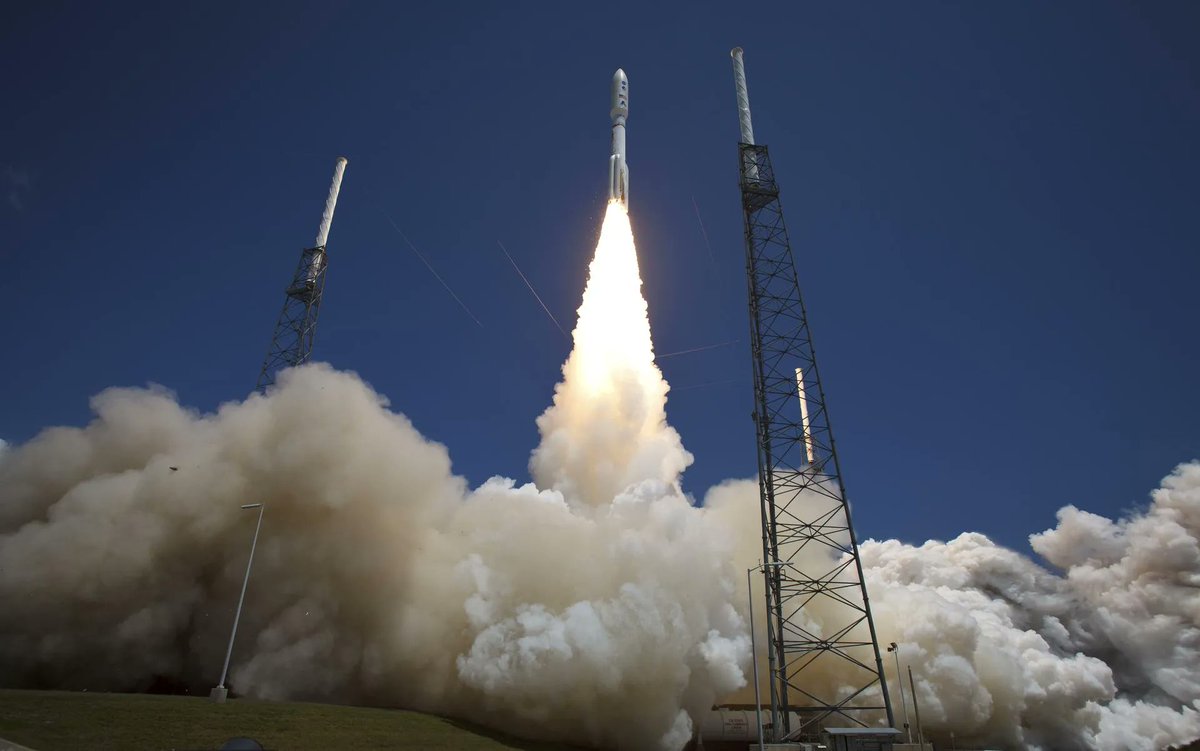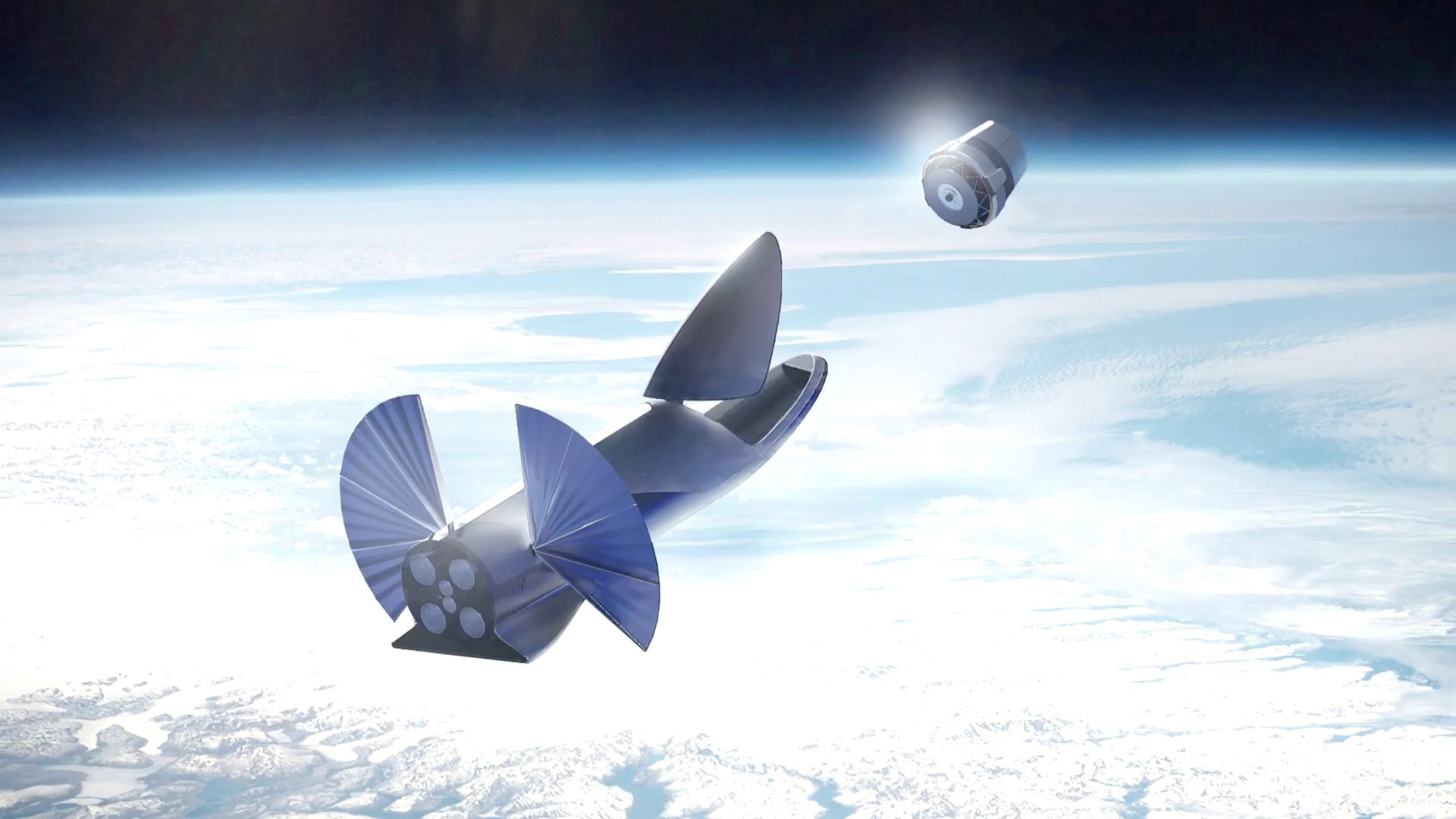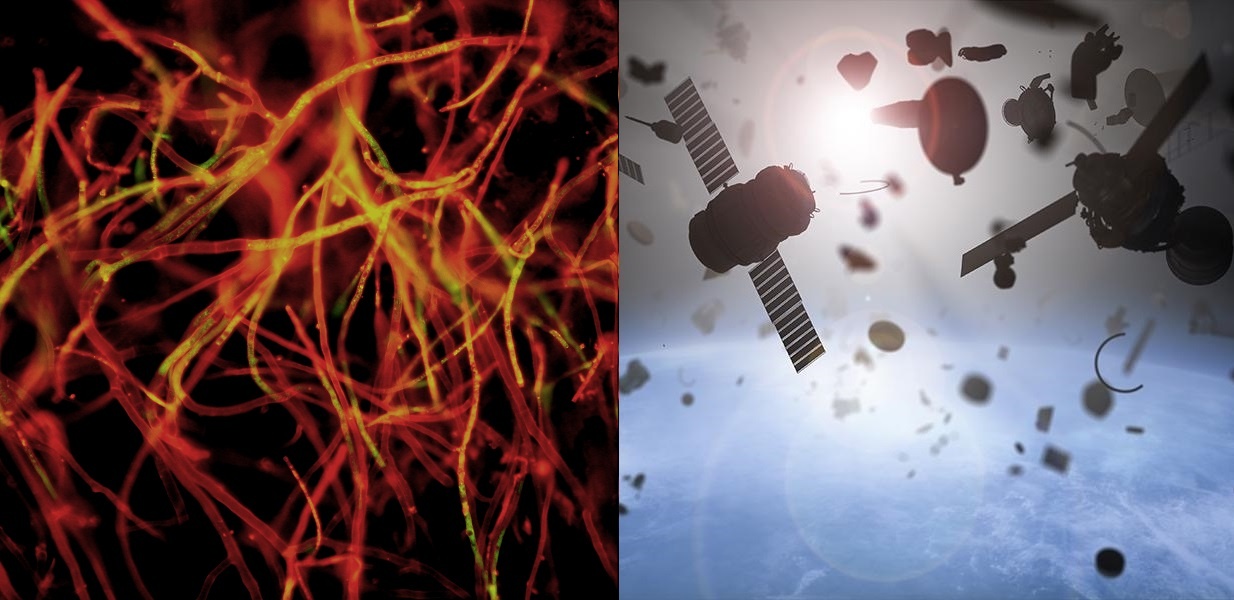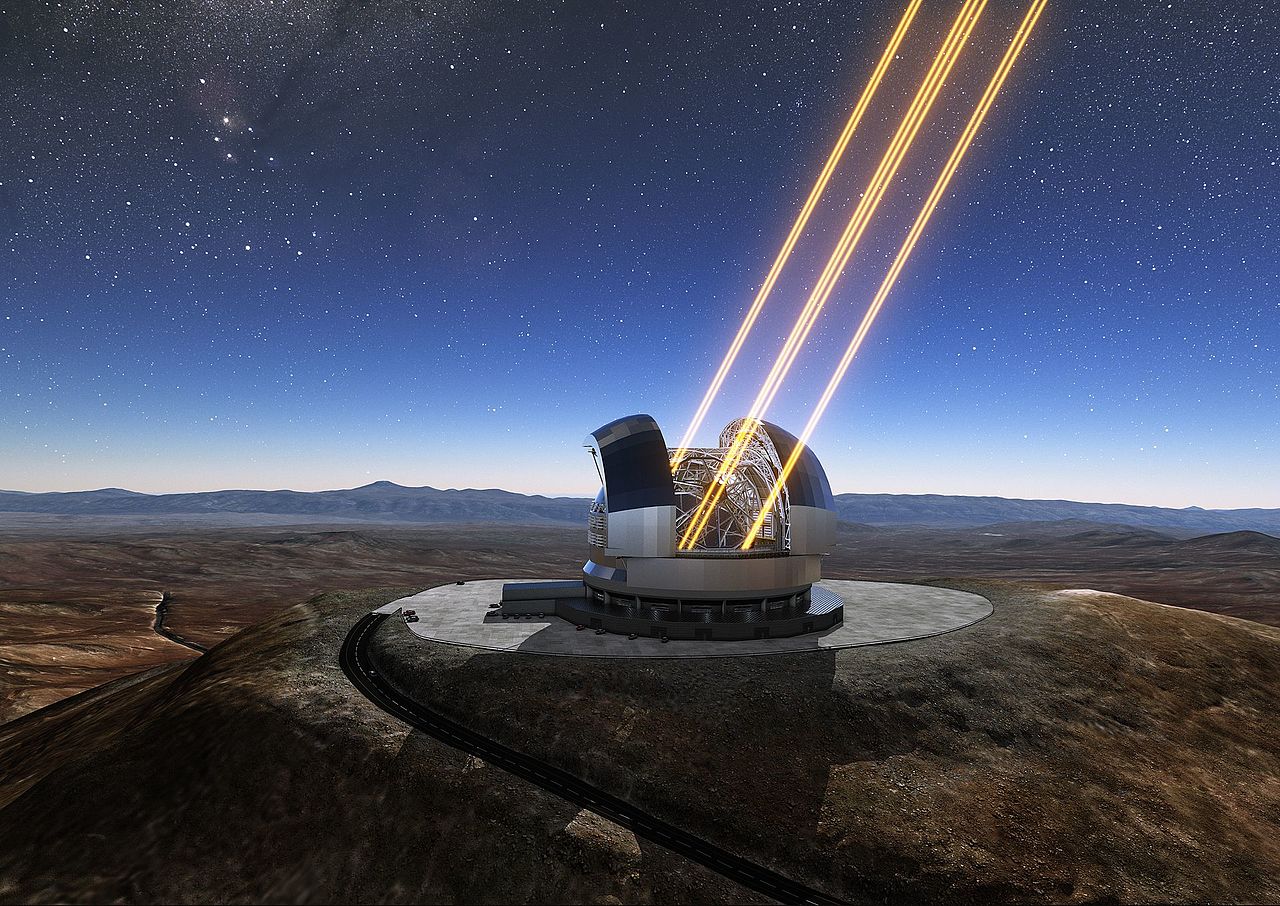Scientists at the Shanghai Academy of Spaceflight Technology (SAST) have devised an ingenious way to combat the growing problem of space debris. The team fitted a drag sail to a Long March 2 rocket and successfully launched it in July this year. Rocket launches often leave discarded booster stages in low-earth orbit, adding to the pollution of near-earth space. The pilot testing for the sail came as a surprise to many space agencies when, a day after the rocket’s launch, the 25 square meters deorbiting sail was unfolded.
China’s Long March Rocket Booster Makes Uncontrolled Reentry Back to Earth
A Chinese Long March 5B rocket first stage made an uncontrolled, fiery reentry through Earth’s atmosphere over Southeast Asia today (Saturday), six days it launched a new science module to China’s Tiangong space station. While the eventual return of the booster was known, China made the decision to let it fall uncontrolled. They also did not share any tracking data, and the large size of the rocket stage drew concern about fragments possibly causing damage or casualties.
The US Space Command confirmed reentry of the debris from the roughly 30-meter-long core (100 ft.) stage of the Long March 5B occurred at 12:45 p.m. Eastern time (1645 UTC) on July 30, 2022 over the Indian Ocean.
Continue reading “China’s Long March Rocket Booster Makes Uncontrolled Reentry Back to Earth”Falling Space Junk has a 10% Chance of Killing Someone in the Next Decade
The statistics of how people die offer a gruesome but informative way to understand both how humans perceive threats and how they react to fear. For example, you are more likely to be crushed by a falling vending machine (~13 people killed per year) than be eaten by a shark (~10 per year). However, there is one currently statistically unlikely cause of death that has a real risk of increasing dramatically in likelihood over the coming decades – falling space debris. According to a new study, there’s a 6-10% chance that someone will die from debris falling from space over the next ten years.
Continue reading “Falling Space Junk has a 10% Chance of Killing Someone in the Next Decade”What Would a Sustainable Space Environment Look Like?
October 4th, 2022, will be an auspicious day as humanity celebrates the 65th anniversary of the beginning of the Space Age. It all began in 1957 with the launch of the Soviet satellite Sputnik-1, the first artificial satellite ever sent to orbit. Since that time, about 8,900 satellites have been launched from more than 40 countries worldwide. This has led to growing concerns about space debris and the hazard it represents to future constellations, spacecraft, and even habitats in Low Earth Orbit (LEO).
This has led to many proposed solutions for cleaning up “space junk,” as well as satellite designs that would allow them to deorbit and burn up. Alas, there are still questions about whether a planet surrounded by mega-constellations is sustainable over the long term. A recent study by James A. Blake, a research fellow with the University of Warwick, examined the evolution of the debris environment in LEO and assessed if future space operations can be conducted sustainably.
Continue reading “What Would a Sustainable Space Environment Look Like?”A Chinese Space Tug Just Grappled a Dead Satellite
A Chinese satellite pulled a defunct navigation satellite out of the way of other satellites on January 22nd. The satellite, called SJ-21, appeared to operate as a space tug when it grappled onto the navigation satellite from the Chinese CompassG2 network. The operation details didn’t come from Chinese authorities but a report by ExoAnalytic Solutions, a commercial space monitoring company.
Chinese authorities are tight-lipped about the operation, but what can observations tell us about Chinese capabilities?
Continue reading “A Chinese Space Tug Just Grappled a Dead Satellite”According to Elon, Starship Could Chomp up Space Junk
At their South Texas Launch Facility, just outside of the village of Boca Chica, SpaceX is gearing up to test the Super Heavy, the booster element of their Starship launch system. This massive reusable first stage rocket will be responsible for sending the Starship orbital vehicle to space, where it will deliver satellites to orbit, payloads and people to the Moon, and (if all goes as planned) the first human settlers to Mars.
According to a recent statement issued by SpaceX founder Musk Musk, the Starship could also be used to “chomp up debris” in Earth orbit. As usual, the statement was issued via Twitter, where Musk was once again addressing questions posted by followers and fans. The topic arose after Musk shared the latest updates about Starlink, one of a handful of satellite constellations that are bringing broadband internet services to every corner of the planet.
Continue reading “According to Elon, Starship Could Chomp up Space Junk”Nooo! Canadarm2 Hit by a Piece of Space Debris

The International Space Station’s robotic arm, Canadarm2, was struck by a piece of space debris. But luckily, it appears to be only a flesh wound, and the arm has been cleared for nominal operations while analysis on the strike continues.
Continue reading “Nooo! Canadarm2 Hit by a Piece of Space Debris”A Solution to Space Junk: Satellites Made of Mushrooms?
According to the latest numbers from the ESA’s Space Debris Office (SDO), there are roughly 6,900 artificial satellites in orbit. The situation is going to become exponentially crowded in the coming years, thanks to the many telecommunications, internet, and small satellites that are expected to be launched. This creates all kinds of worries for collision risks and space debris, not to mention environmental concerns.
For this reason, engineers, designers, and satellite manufacturers are looking for ways to redesign their satellites. Enter Max Justice, a cybersecurity expert, former Marine, and “Cyber Farmer” who spent many years working in the space industry. Currently, he is working towards a new type of satellite that is made out of mycelium fibers. This tough, heat-resistant, and environmentally friendly material could trigger a revolution in the booming satellite industry.
Continue reading “A Solution to Space Junk: Satellites Made of Mushrooms?”Ground-Based Lasers Could Push Space Debris off Collision-Course Orbits
Researchers at the Australian National University (ANU) are finding new uses for the laser-based technology that sharpens telescope imagery – called adaptive optics – and it just might help mitigate the world’s growing space debris problem. Purpose-built lasers could give derelict satellites a slight ‘push’ of photons, imparting just enough energy to change the debris’s orbit and prevent an impending collision.
Continue reading “Ground-Based Lasers Could Push Space Debris off Collision-Course Orbits”Earth and the Moon Might Have Captured an Old Upper Stage Rocket
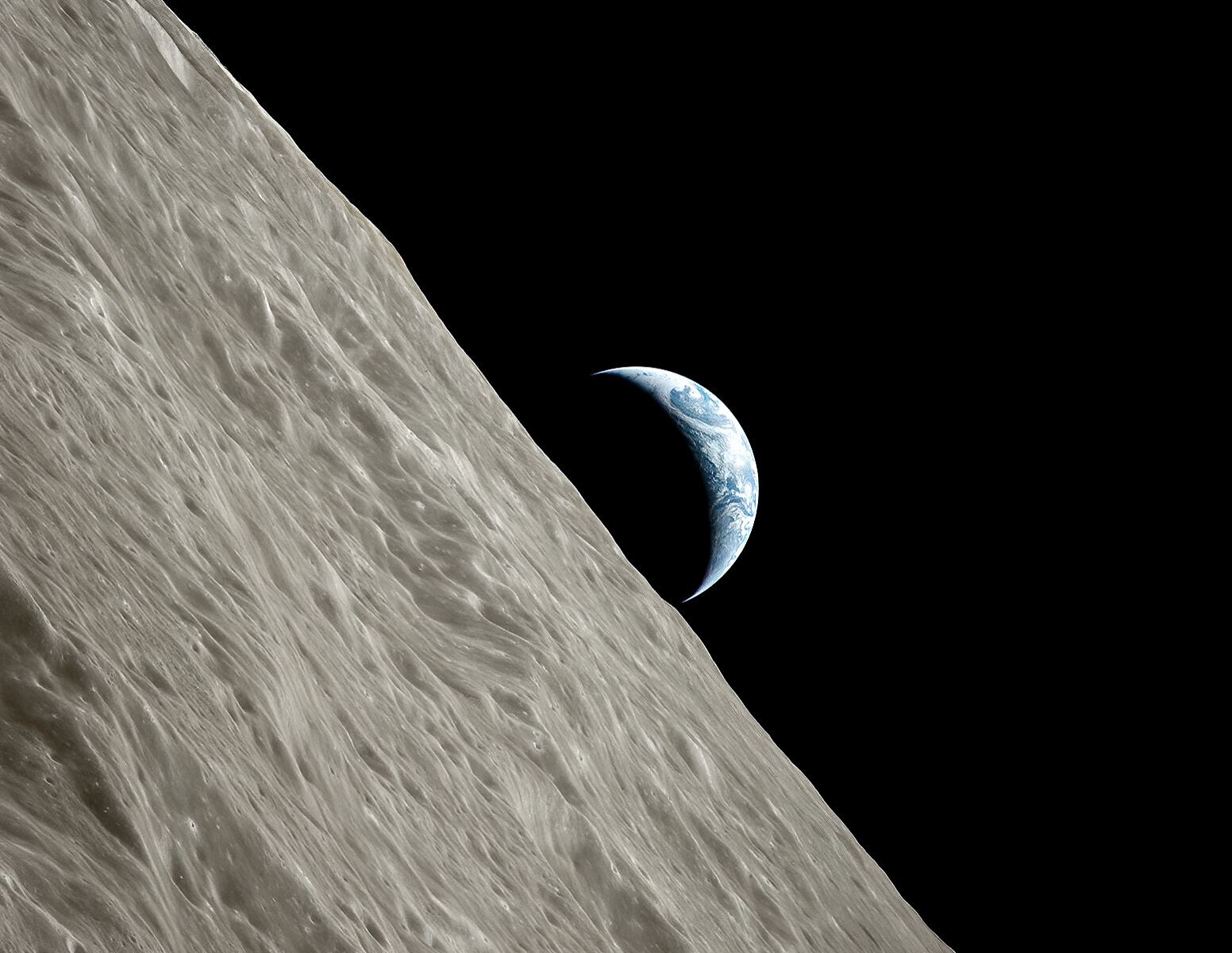
Back in September, the Pan-STARRS1 survey telescope noticed an object that followed a slight but distinctly curved path in the sky, a telltale sign that it was captured by Earth’s gravity. Initially, this object was thought to be a near-Earth Asteroid (NEA) and was given a standard designation by the Minor Planet Center (2020 SO). However, the Center for Near-Earth Object Studies (CNEOS) at NASA JPL had another theory.
Based on its orbit and the way solar radiation appeared to be pushing it off course, NASA scientists have since concluded that the object might actually be the spent upper stage booster of the Centaur rocket that launched the Surveyor 2 spacecraft towards the Moon in 1966. This finding could have implications for future surveys that pick up mysterious objects near Earth (‘Oumuamua occur).
Continue reading “Earth and the Moon Might Have Captured an Old Upper Stage Rocket”
